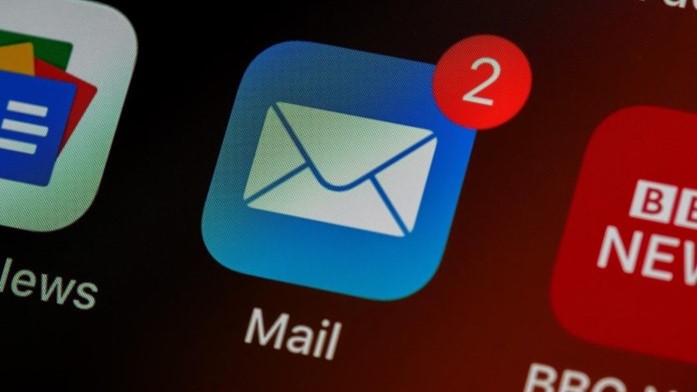Learn about the marketing and advertising in the CBD niche and how to explore and grow content with different marketing strategies.
The growing acceptance of cannabis use in the US and other countries worldwide has led to a rapid boom in the cannabis products industry, particularly the CBD submarket. 2020 Statista estimates put the US CBD market at $4.6 billion, expected to grow to $16 billion dollars by 2026. These numbers clearly indicate that CBD products are highly popular, both for medical and recreational users.
However, the downside to CBD marketing and advertising is the government’s strict laws on cannabis-related products. For digital advertising specialists and marketing agencies, it may be a challenge to reach the target market while adhering to regulations on the local, state and federal level.
To help marketers, here are some pointers when working the CBD niche.
8 Digital Marketing Areas to Explore for CBD
According to a report by Leafly, the cannabis market accounts for 240,00- plus jobs in the US, with thousands more added each year.
-
The CBD Distribution Law
The challenges of digital marketing cannabis-related products are legislation and federally based. However, there are still ways to market your products online without breaking laws.
Cannabis is considered illegal in most states and in most countries globally. However, laws are changing, and some states have decriminalized cannabis for recreational drug and medical purposes.
This is a grey area for many beginners who wonder whether the CBD laws are as stringent. Either way, it’s an important place to start if you’re thinking of marketing this product.
Note that CBD products were officially legalized in the U.S as per the 2018 Farm Bill. The bill allows marketers to sell hemp-derived products anywhere in the U.S. However, you cannot ship any CBD product with a THC level of more than 0.3%. Be sure to review your state and local laws as well as FDA updates on CBD marketing and use.
-
Online SEO Practices
You cannot mention digital marketing without search engine optimization (SEO). With proper SEO, web visitors will have your content pop up based on the relevance of their online search. The keywords for CBD products are a particularly saturated and highly competitive market.
Posting online content with appropriate keywords may seem challenging but always goes a long way. For example, just including the word “CBD products” can help increase traffic to your website. Don’t panic if you don’t understand SEO because experts exist, and trust this; it’s worth every coin to reach your intended audience.
-
The Power of Affiliate Networking
Affiliate marketers are excellent marketing channels for your CBD online sales. The affiliate market accounts for 15% of digital revenue, translating to a whopping $12 billion. Affiliate marketing also makes up 16% of all eCommerce revenues in North America.
Affiliate networks have more traffic on their sites, and having your marketing links on their websites increases the chances of clicks on your website and subsequent purchases.
-
Influence of Print and Media
On CBD products you are selling, add a couple of print media to inform and entice your prospects. You can use eye-catching prints with valuable information or just your company logo. Printed products can be marketed in online magazines, catalogs, and newspapers.
The uniqueness of print media lies in the fact that it’s tangible and easily noticeable. Remember that the Food and Drug Administration (FDA) will investigate your product’s health-related claims to protect consumers from misleading statements.
-
Engagement with Emails
Emailing is a traditional digital marketing method but is still necessary for running online campaigns. There are also fewer restrictions on email marketing.
When advertising your CBD products via email, you can communicate with your clients and send information to prospects directly to keep them engaged and informed. However, beware that some email companies like Campaign.com, SendGrid, Get Response, Mailchimp, and Constant Contact, don’t support online CBD vending.
Others, like Shopify, support emails only but have restrictions on messaging notifications about CBD products. Other restrictions also exist, making it necessary for thorough research before settling for a platform.
-
Social Media Marketing
Social media platforms are excellent places to market CBD products. However, some sites prohibit growing an organic audience. For example, on Twitter and Instagram, you can post and tweet about your products and attach links to your site. Of course, you can’t sell products on the sites, but you can engage your following and create brand awareness.
On Facebook, you can create CBD user groups and let people share information and experiences on the products. The platform allows you to bond and connect with your audience on a personal level.
-
Influencer Marketing
Consumers tend to trust word-of-mouth from family, friends, celebrities, or online influencers, which impacts their purchasing decisions. Therefore, using influential people with a larger audience to market your CBD products means you get exposure to their market.
-
Grow Content
72% of digital marketers agree that good content creation is an important marketing strategy for increasing leads, with more than 80% stating they spend more time on marketing content. Posting reliable and exciting content on your website will get traffic on your site and increase your sales. But how do you get exciting content? Well, content creators exist and are specialized in delivering the type of content that will impact your business positively.
Content can range from blogs, podcasts, YouTube channels, and graphics. Generating content appeals to your buyers to gain a little more information from your site and have access to CBD products they might need.




